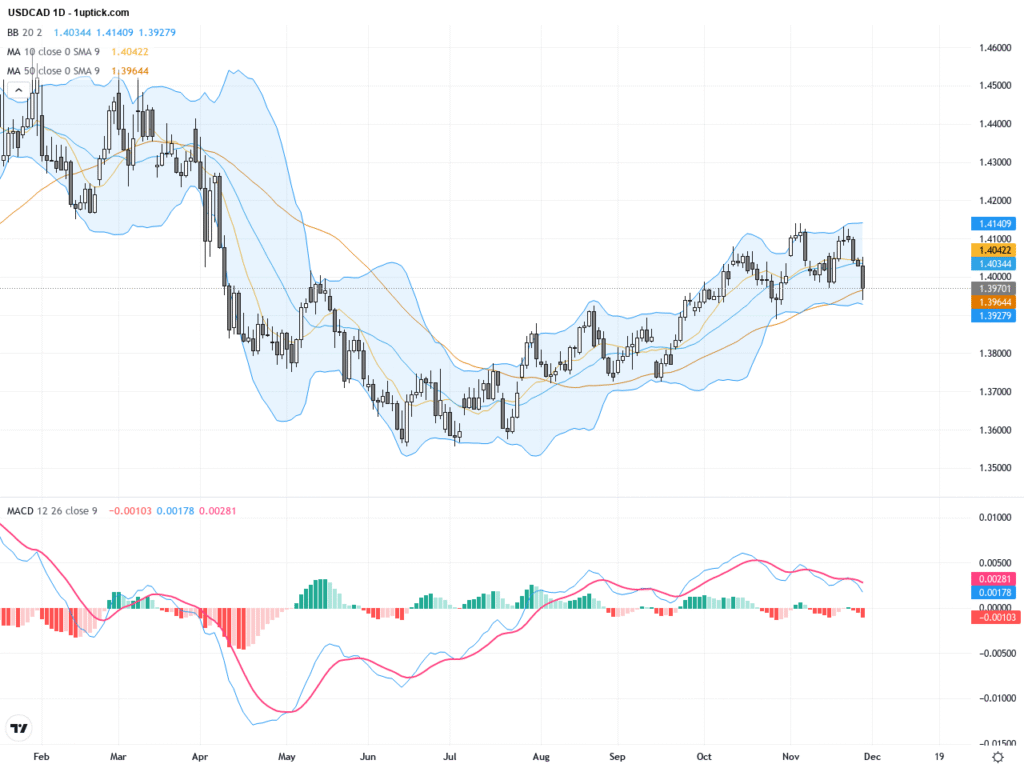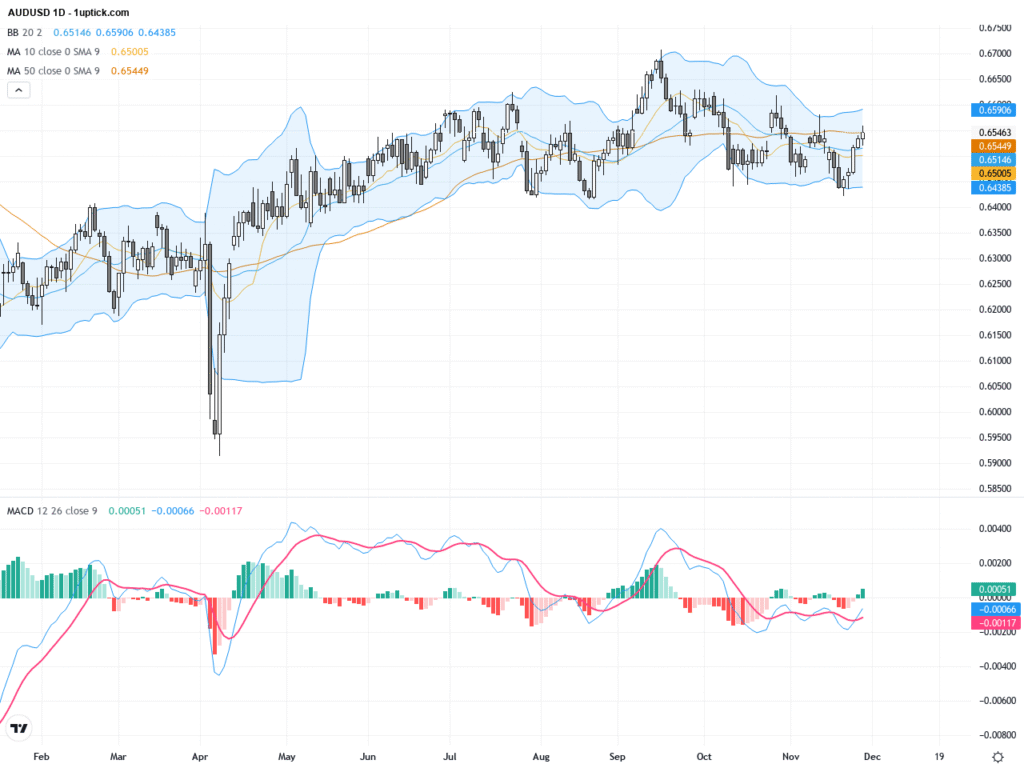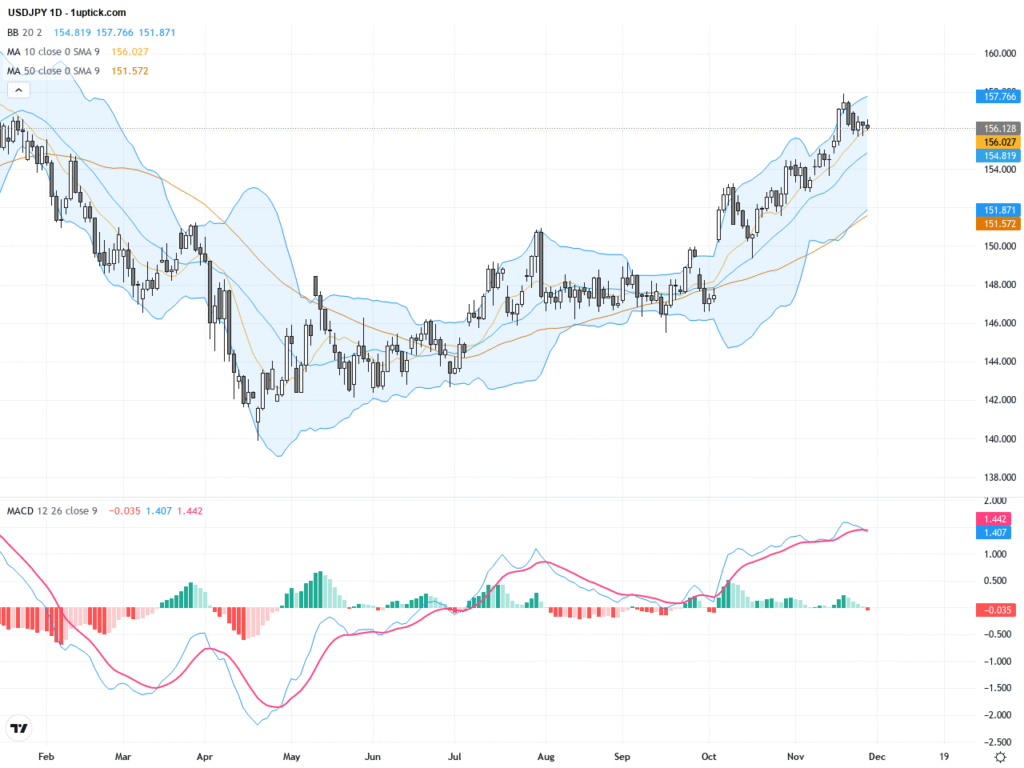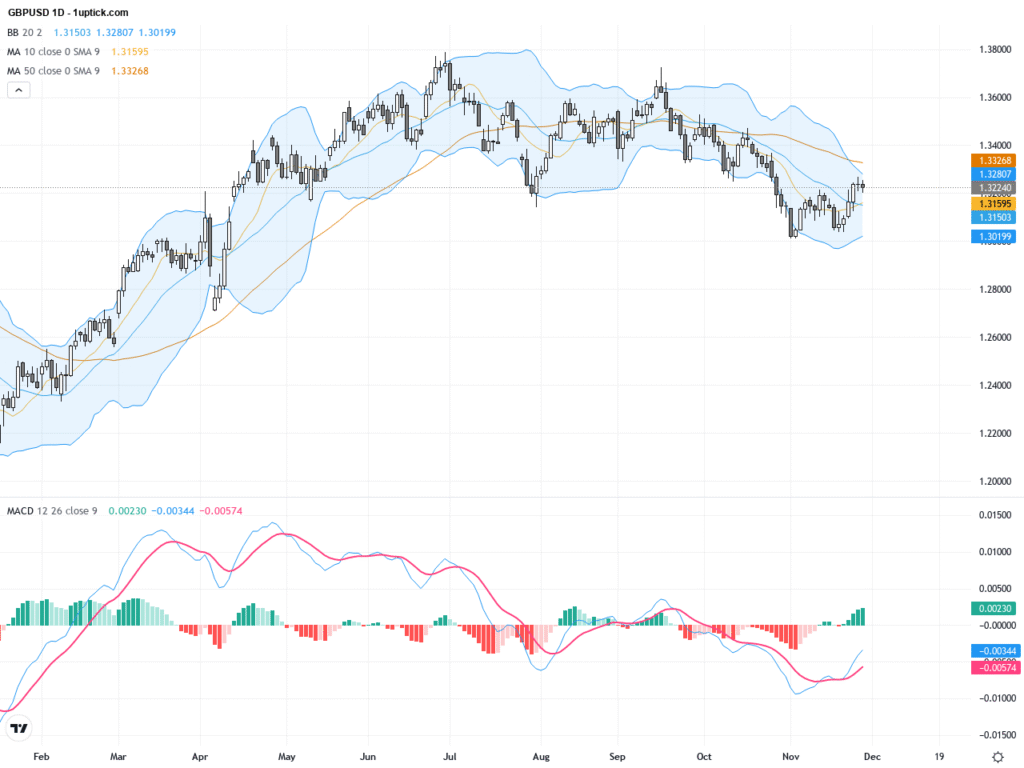 |
| Gold V.1.3.1 signal Telegram Channel (English) |

Walmart Q2 2025 Earnings: 4.8% Revenue Growth Driven by 21% Surge in eCommerce and Shifting Consumer Trends
2025-08-21 @ 04:01
Walmart’s Q2 2025 Earnings: A Closer Look at Sales Growth, eCommerce, and Consumer Trends
Walmart has once again demonstrated its dominance in the retail sector, posting strong second-quarter results for 2025 that highlight not just its enduring appeal with consumers, but also the efficiency of its operational strategies. In an economic climate characterized by uncertainty and shifting spending priorities, Walmart’s performance offers insights into how value-focused retailers are thriving.
Revenue Growth Remains Strong
The company’s consolidated revenue climbed 4.8% in the second quarter to reach $169.3 billion. This growth is especially noteworthy as it comes amid persistent inflation and fluctuating consumer confidence. Walmart’s ability to maintain positive revenue momentum is largely attributable to its vast scale, diverse offerings, and aggressive expansion in high-priority areas such as eCommerce and omnichannel retail.
Operating income also saw a healthy boost, rising 8.5%. When adjusted for currency, operating income increased 7.2%. Such improvements reflect not only robust sales but also operational discipline and efficiency gains, particularly around inventory management and cost control.
Surging eCommerce Fuels Growth
A standout metric in this quarter’s report is the exceptional performance in global eCommerce. Walmart recorded a 21% surge in eCommerce sales, emphasizing the effectiveness of its digital strategy. This impressive growth was largely driven by expansion in store-fulfilled pickup and delivery services, as well as the continued momentum of its third-party marketplace. As consumers increasingly turn to digital shopping for convenience and value, Walmart’s seamless integration of physical stores and online platforms is proving to be a winning formula.
Improved Gross Margins and Tight Inventory Management
Walmart managed to improve its consolidated gross margin rate by 43 basis points, a notable achievement in the highly competitive grocery and retail landscape. The improvement was primarily led by the U.S. and international segments, underscoring Walmart’s ability to optimize pricing, control costs, and negotiate effectively with suppliers. Global inventory levels decreased by 2.0%, with a 2.6% reduction in U.S. inventory specifically. This indicates that Walmart is not only selling through its products efficiently but is also positioned to respond flexibly to changing demand patterns, minimizing overstock and reducing markdown risk.
Consumer Trends: Seeking Value Amid Changing Habits
A key narrative underlying Walmart’s strong quarter is the ongoing shift in consumer behavior. Faced with higher prices on necessities, shoppers continue to prioritize value and are more focused on affordable options, private-label products, and discount shopping experiences. Walmart’s value proposition—which blends everyday low prices with a broad merchandise assortment—has positioned it as a preferred destination for budget-conscious grocery, household, and general merchandise purchases.
At the same time, Walmart is drawing a wider mix of shoppers, including higher-income consumers who may once have shopped elsewhere but are now looking to stretch their dollar further. This expansion of its customer base highlights how even in more affluent households, price sensitivity is becoming a defining consumer trait in 2025.
Strategic Investments Pay Off
Walmart’s success this quarter was also a product of sustained investment in technology, fulfillment networks, and customer experience enhancements. The company’s heavy focus on expanding delivery, curbside pickup, and digital app features has paid off with higher engagement and improved customer satisfaction. Additionally, Walmart’s efforts to diversify revenue streams—including increased offerings in advertising, memberships, and third-party marketplace services—are strengthening profitability and reducing reliance on traditional retail sales.
Looking Ahead
Walmart appears well-positioned for continued growth in the face of economic uncertainty. Its combination of scale, operational discipline, and omnichannel integration gives it a distinct advantage as both consumer habits and the retail landscape continue to evolve. The company’s performance in Q2 2025 sends a clear message: retailers that offer value, convenience, and flexibility will remain leaders in both physical and digital retail.
For investors and industry watchers alike, Walmart’s earnings this quarter provide a blueprint for what works in today’s competitive market: focus relentlessly on the customer, invest in technology and logistics, and never lose sight of operational efficiency. As we look toward the rest of the year, Walmart’s strategy and execution suggest its momentum is far from slowing down.








